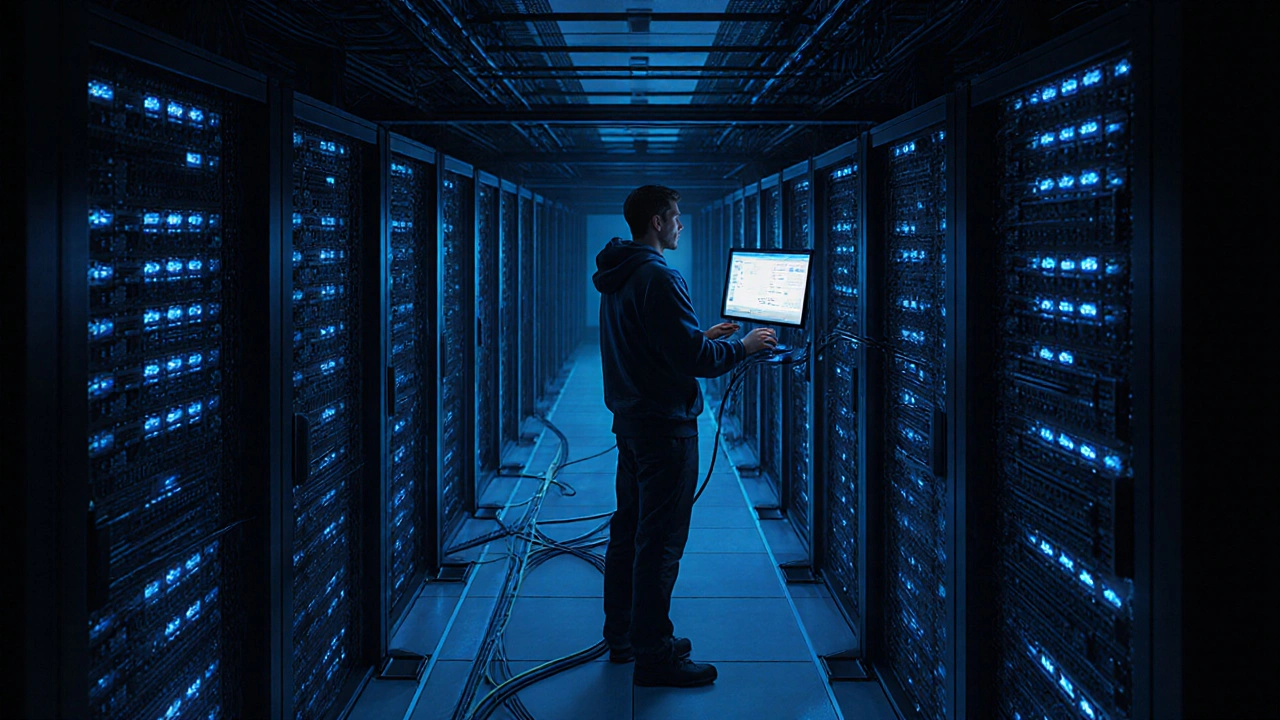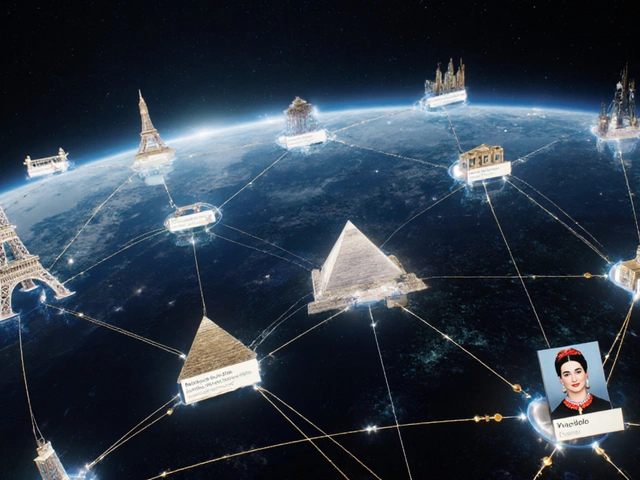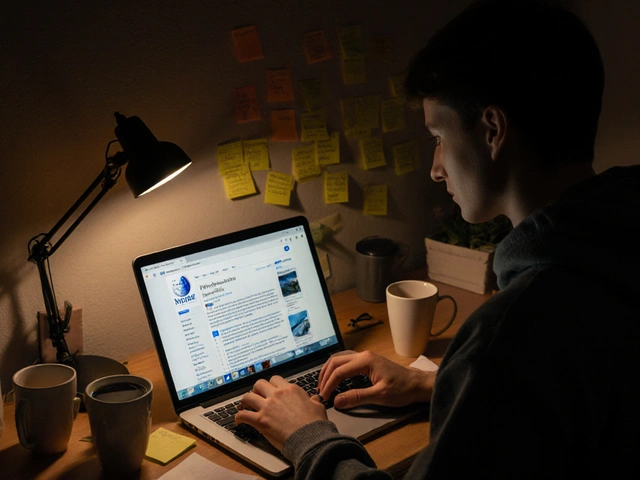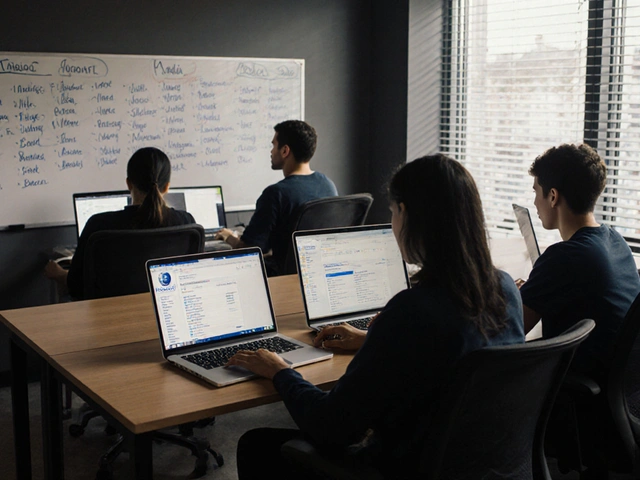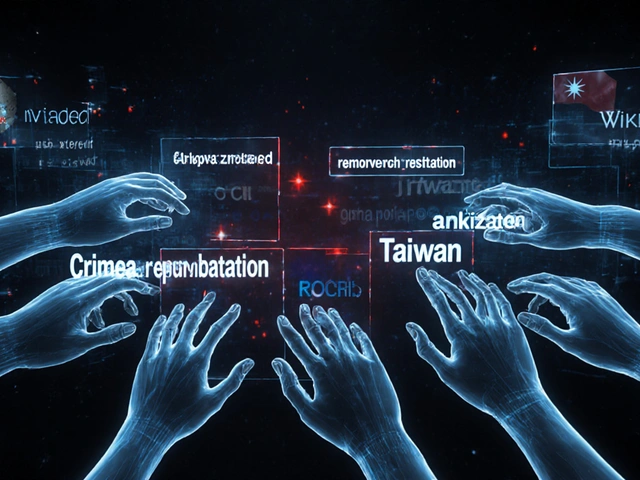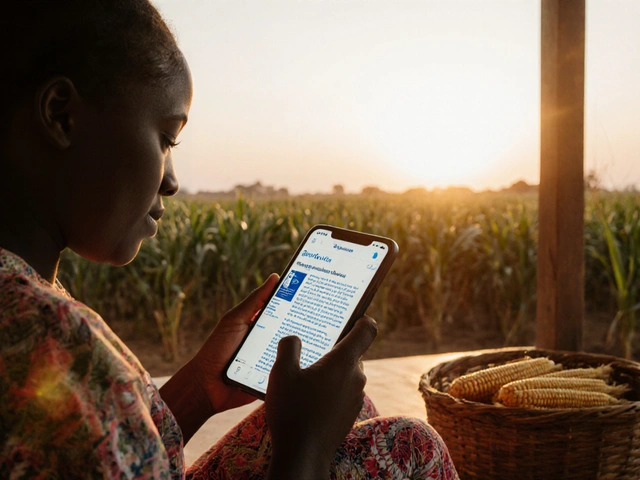Open Source Development: How Wikipedia and Wikidata Keep Free Knowledge Alive
When you think of open source development, a model where software and content are built openly by volunteers, with code and data freely available for anyone to use, modify, and share. Also known as community-driven development, it’s the backbone of Wikipedia—not just a tech project, but a global effort to build and share knowledge without corporate control. Unlike closed systems that lock content behind paywalls or algorithms, Wikipedia runs because people choose to give their time, skills, and trust to something public. This isn’t just about code—it’s about rules, licenses, and culture. The Creative Commons, a set of free, standardized licenses that let creators share work while keeping control over how it’s used lets anyone reuse Wikipedia articles as long as they credit the source and share changes under the same terms. That’s why a student in Nairobi, a teacher in Mexico City, or a researcher in Tokyo can all build on the same base of information without asking permission.
Behind every article is a network of tools and systems built the open source way. Wikidata, a free, collaborative knowledge base that stores structured facts and connects them across all language versions of Wikipedia lets editors update a single piece of data—like a country’s population or a movie’s release date—and see that change reflected in hundreds of articles at once. It’s like a living database that grows because thousands of people care enough to fix errors, add citations, and update stats. This isn’t magic. It’s the result of decades of open source development: transparent code, public logs, and community review. No single company owns it. No algorithm decides what’s important. Instead, editors debate, cite sources, and follow policies like due weight and reliable sources to keep things accurate. Even the tools they use—like the watchlist, edit summaries, and rollback buttons—are open for anyone to inspect, improve, or translate.
Open source development on Wikipedia doesn’t mean it’s perfect. There are gaps in coverage, biases in representation, and too few editors from underrepresented regions. But the system is designed to fix itself. Task forces work to add missing voices. Volunteer drives clear copy-editing backlogs. And when copyright takedowns erase valuable content, the community pushes back. What makes this different from commercial platforms? You can’t buy influence here. You can’t game the system with ads or clicks. The only thing that moves the needle is good-faith editing, clear sourcing, and a shared belief that knowledge belongs to everyone. What you’ll find below is a collection of stories showing how this works in practice—from how AI literacy efforts protect Wikipedia’s integrity, to how Wikidata connects facts across languages, to how volunteers keep the lights on without a single dollar in funding. This isn’t just about technology. It’s about people choosing to build something lasting, together.
Wikimedia Foundation's Tech Team: Infrastructure and Development
The Wikimedia Foundation's tech team maintains Wikipedia's massive infrastructure using open-source tools, volunteer contributions, and a philosophy of stability over speed - all without ads or corporate funding.
